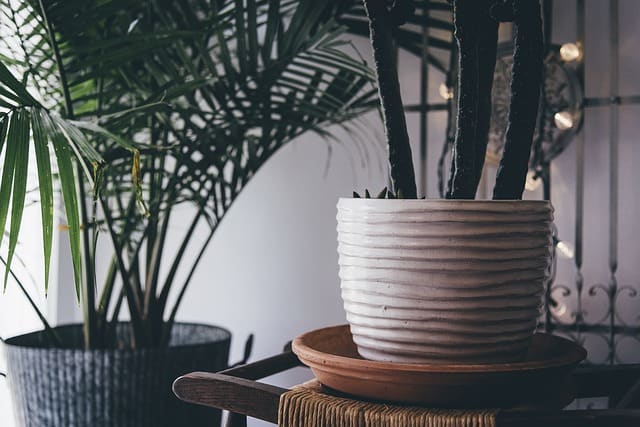Bryan Cummings and Michael Waring from Drexel University have assessed the true ability of air purification by indoor plants. To do this, they summarized the data on 12 articles and translated them into the same dimension. It turned out that it takes 10 to 1000 plants per square meter to achieve a cleaning rate comparable to natural ventilation.
When we hear the words “air pollution,” we usually imagine smog, cars or factories. But people who are constantly indoors – and this is a large part of the population of developed countries – also experience the effects of polluted air. In some cases, they may develop even a characteristic condition – stagnant air syndrome – it is pain and nausea for no apparent reason.
The indoor air is polluted from the inside: construction and finishing materials, air fresheners and cooking are to blame, among other things. They all release volatile organic compounds into the air that can be toxic and can also enter into the chemical with reactions to the formation of even more toxic products.
To maintain the freshness of the air, ventilation is traditionally used, but at the same time, the room gets air from the street, which also needs to be cleaned. In addition, it has to be air-conditioned to level the temperature, which takes a lot of energy. It would be much more profitable to clean the air from the inside out. That’s why indoor plants have become so popular – it is considered that they clean the air well.
There have been many experiments that have assessed the ability of plants to absorb volatile organic matter, but the results of most of them are difficult to apply to a real situation. For example, often plants are placed in a small chamber, about a cubic meter in size, inject some volatile compound into it and measure the time for which it is reduced Concentration. In fact, such connections are usually many, and their flow is continuous. In addition, indoor air is usually exchanged in one way or another with the external environment, at a rate of about 0.75-1.2 cubic meters per hour.
Brian Cummings and Michael Waring have analyzed 12 papers on the topic over the past 27 years. In them, the researchers found 196 experimental results that they translated into a single parameter – the rate of clean air delivery rate (CADR) of the plant, cubic meters per hour.
CADR values, depending on the plant, the type of volatile substance and the design of the experiment, ranged from 0.0004 to 0.2 cubic meters per hour per plant. On average, it turned out to be 0.062 cubic meters per hour. For comparison, the authors cite CADR values for air purifiers – it is about 100 cubic meters per hour. Thus, depending on the type of plant, in order to achieve a level of cleaning comparable to the natural ventilation of the room, it will take 10 to 1000 plants per square meter.
Based on their calculations, the researchers concluded that cleaning the air with plants would have to be considered ineffective. More useful may be the so-called “bio walls” that literally drag through the air and pass it through the soil and root system of plants. However, scientists remind that plants themselves can also be sources of volatile compounds, which complicates the calculations of efficiency in such cases.
